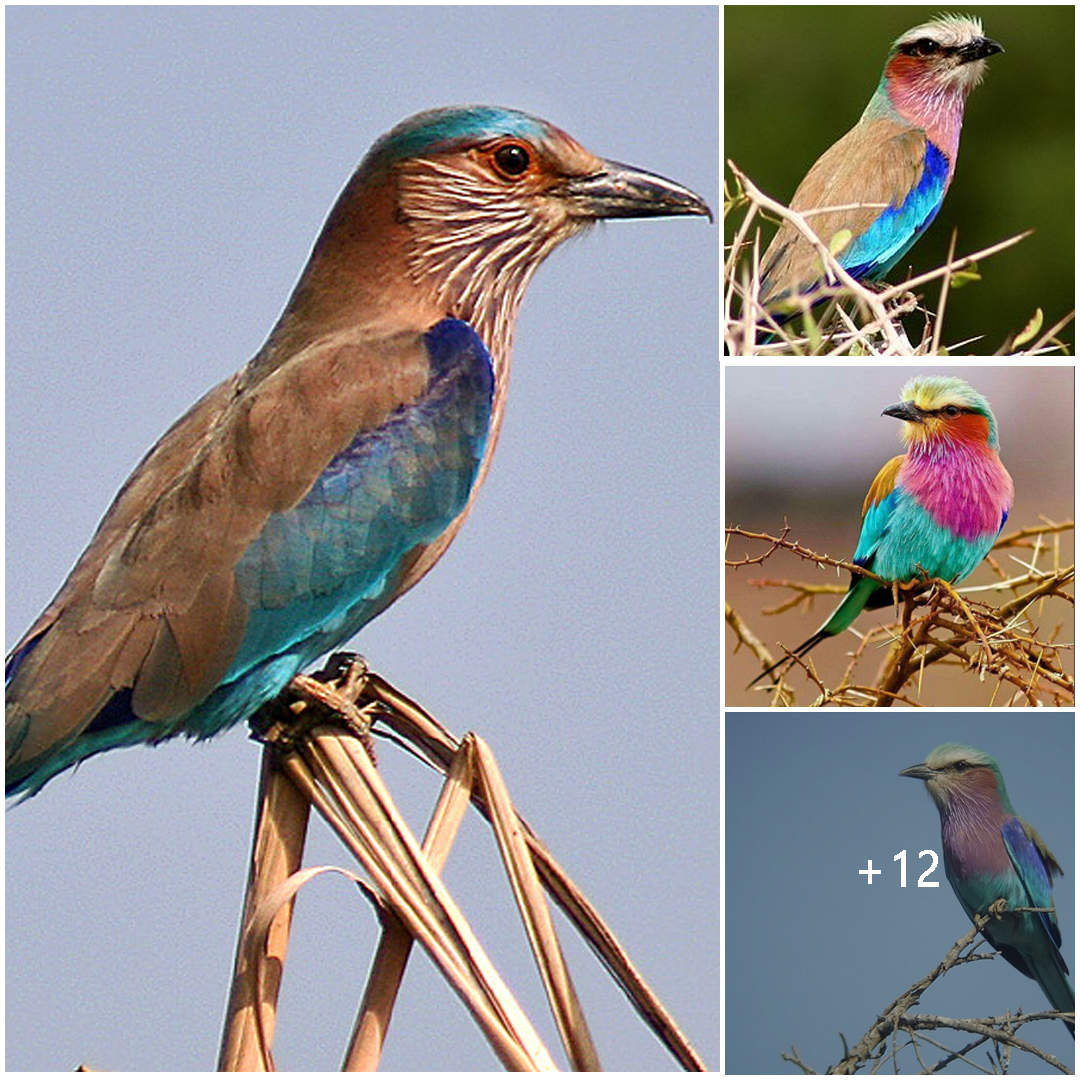
The Enigmatic Charisma of the Oriental Pied Hornbill
In the dense tropical forests of Southeast Asia, a striking avian species reigns supreme, captivating the attention of all who encounter its majestic presence – the Oriental Pied Hornbill, scientifically known as Anthracoceros albirostris. With its distinctive black and white plumage, impressive casque, and unique ecological role, this charismatic bird embodies the essence of wilderness and wonder, earning it the esteemed title of “Bói cá” in Vietnamese folklore.
The Oriental Pied Hornbill is a member of the Bucerotidae family, characterized by its large size, stout bill, and casque – a hollow structure atop the bill that serves both ornamental and acoustic purposes. Their black plumage contrasted with white markings on the wings and belly creates a striking visual impression, making them easily recognizable within their forest habitat.
One of the most remarkable aspects of the Oriental Pied Hornbill is its intricate social structure and breeding behavior. These birds form monogamous pairs that engage in elaborate courtship displays, which often involve mutual bill-clattering, aerial acrobatics, and vocalizations. Once a pair bonds, they work together to construct a nest within the hollow of a tree, typically sealed with mud, droppings, and food remains to protect the female and her eggs from predators.
Beyond their breeding behavior, Oriental Pied Hornbills play a crucial ecological role in their ecosystem as seed dispersers. Their diet consists primarily of fruits, which they consume whole before regurgitating seeds intact, thereby aiding in the dispersal and germination of plant species across the forest landscape. This mutualistic relationship between hornbills and plants highlights the interconnectedness of species within tropical ecosystems.
The vocalizations of Oriental Pied Hornbills add another dimension to the auditory tapestry of the forest. Their calls range from deep, resonant honks to softer hoots and squawks, serving as communication signals between mates, flock members, and neighboring groups. These vocalizations play a vital role in maintaining social cohesion and territorial boundaries within their habitat.
Despite their cultural significance and ecological importance, Oriental Pied Hornbills face numerous threats to their survival. Habitat loss and fragmentation due to deforestation, logging, and agricultural expansion are among the primary challenges confronting these birds, as they rely on large tracts of intact forest for nesting, foraging, and roosting.
Conservation efforts aimed at protecting Oriental Pied Hornbills and their habitat are essential for ensuring their long-term survival. Initiatives focused on habitat restoration, sustainable land management, and community-based conservation can help mitigate the threats facing these iconic birds. Furthermore, raising awareness about the ecological importance of hornbills and the need for their protection is crucial for garnering support and fostering a sense of stewardship among local communities and global audiences alike.
In conclusion, the Oriental Pied Hornbill, or “Bói cá,” stands as a symbol of the wild and untamed beauty of Southeast Asia’s tropical forests. With its striking appearance, complex social behaviors, and ecological significance, it serves as a reminder of the irreplaceable value of biodiversity and the urgent need to conserve the natural habitats that sustain life on Earth.





